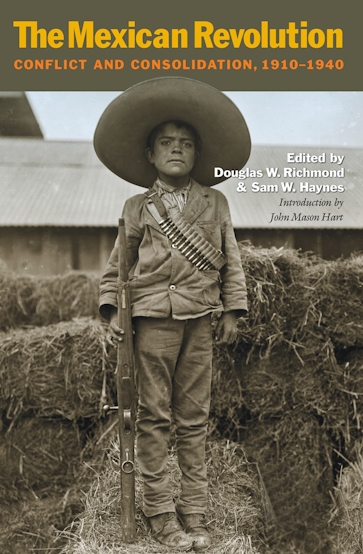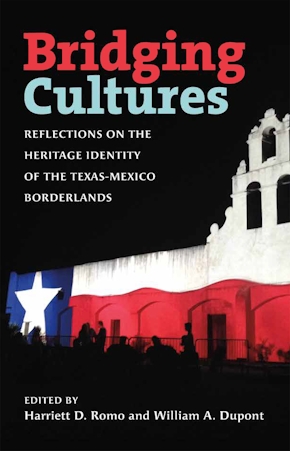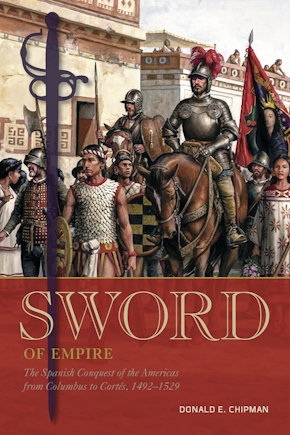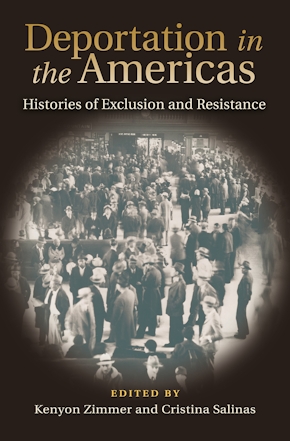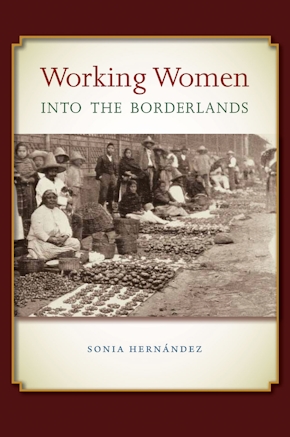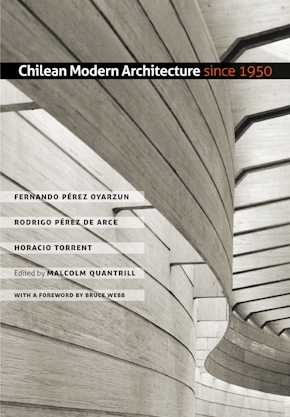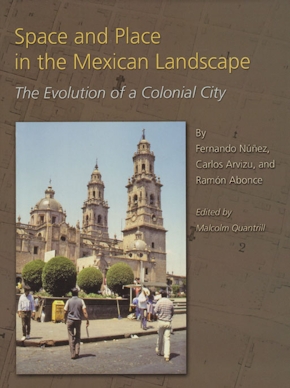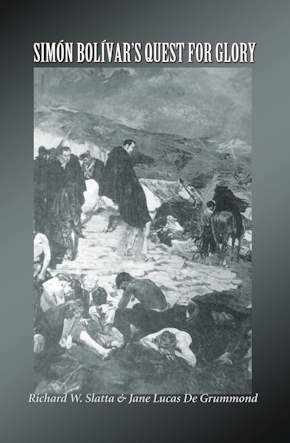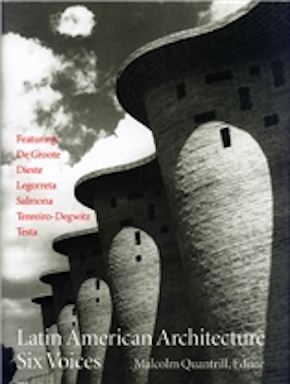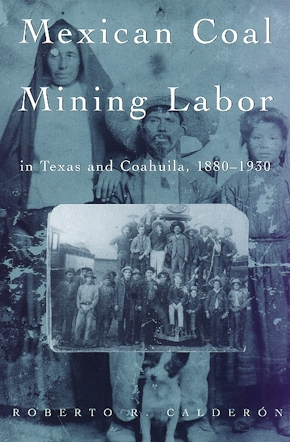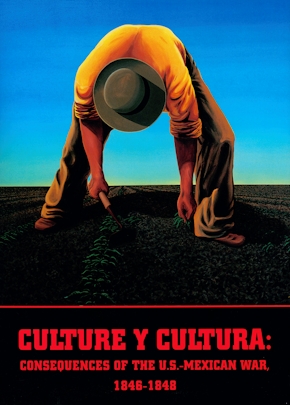The Mexican Revolution
Conflict and Consolidation, 1910-1940
978-1-60344-816-1 Cloth
6.12 x 9.25 x 0 in
264 pp. 20 b&w photos. 2 maps. Index.
Pub Date: 06/07/2013
Available
In 1910 insurgent leaders crushed the Porfirian dictatorship, but in the years that followed fought among themselves, until a nationalist consensus produced the 1917 Constitution. This in turn provided the basis for a reform agenda that transformed Mexico in the modern era. The civil war and the reforms that followed receive new and insightful attention in this book.
These essays, the result of the 45th annual Walter Prescott Webb Memorial Lectures, presented by the University of Texas at Arlington in March 2010, commemorate the centennial of the outbreak of the revolution.
A potent mix of factors—including the concentration of wealth in the hands of a few thousand hacienda owners, rancheros, and foreign capitalists; the ideological conflict between the Diaz government and the dissident regional reformers; and the grinding poverty afflicting the majority of the nation’s eleven million industrial and rural laborers—provided the volatile fuel that produced the first major political and social revolution of the twentieth century. The conflagration soon swept across the Rio Grande; indeed, The Mexican Revolution shows clearly that the struggle in Mexico had tremendous implications for the American Southwest. During the years of revolution, hundreds of thousands of Mexican citizens crossed the border into the United States. As a result, the region experienced waves of ethnically motivated violence, economic tensions, and the mass expulsions of Mexicans and US citizens of Mexican descent.
About the Author
Reviews
Published by Texas A&M University Press
